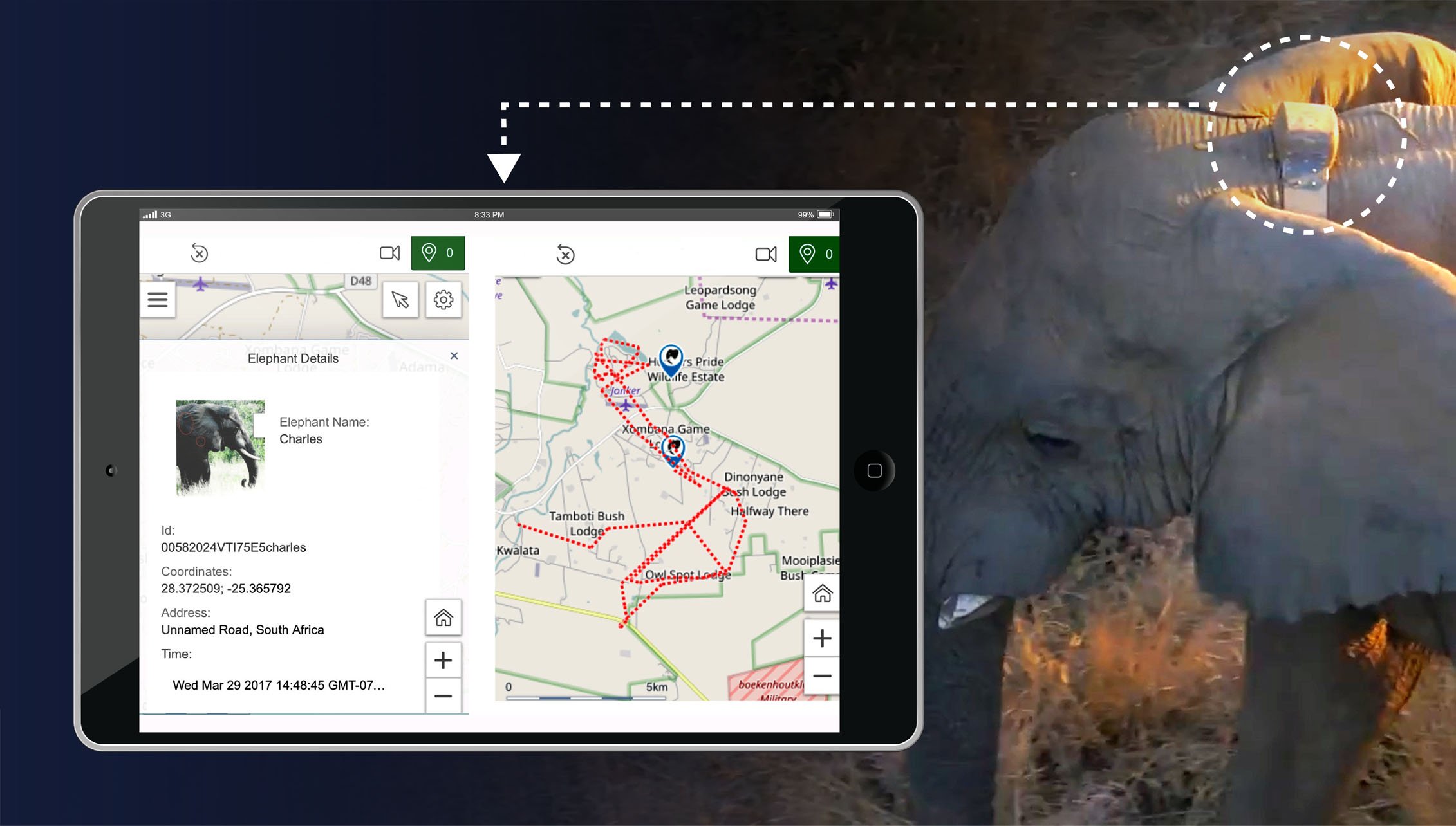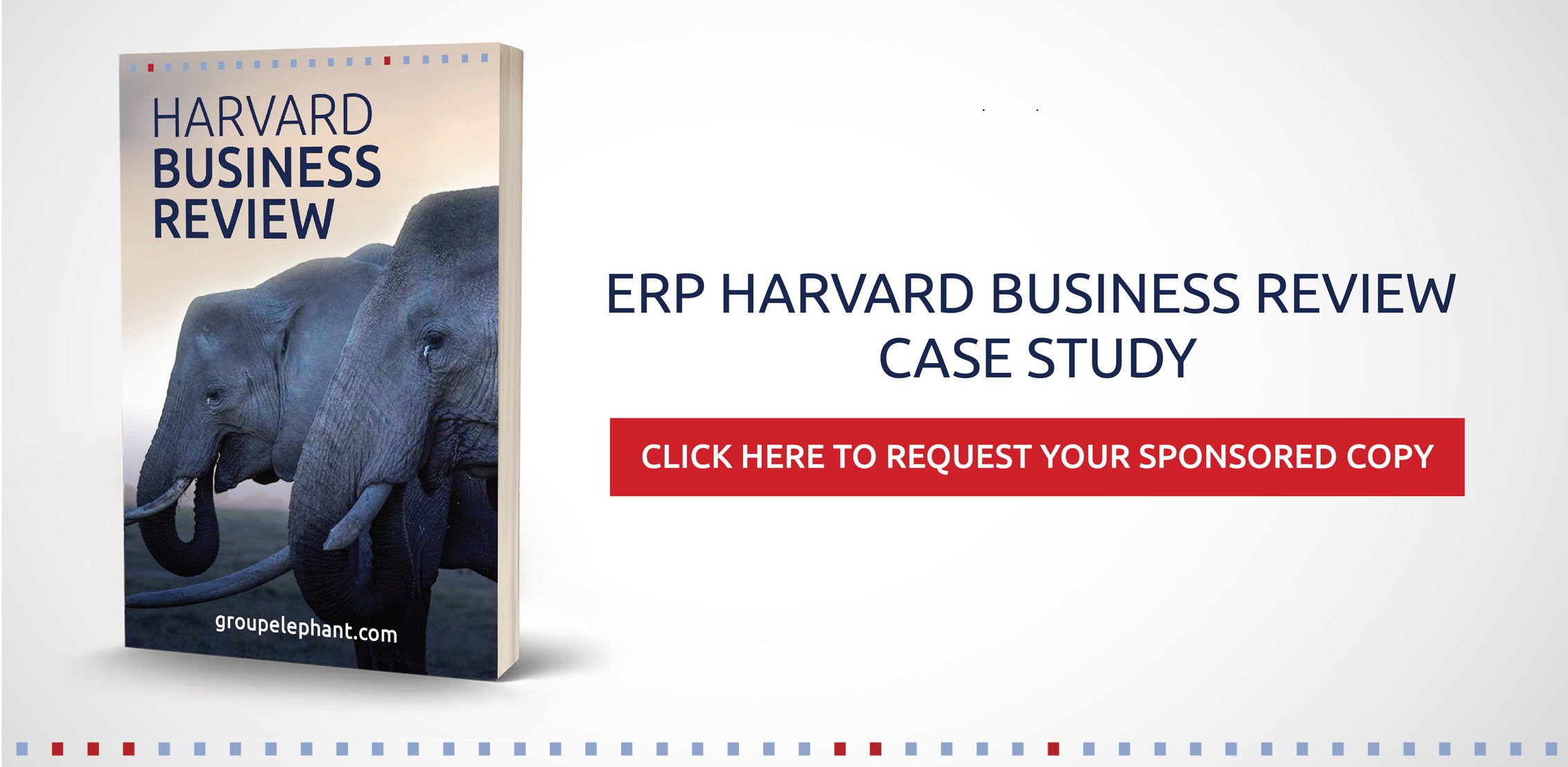With the alarming level of threat facing elephants and rhinos, traditional methods of supporting conservation are no longer adequate to protect the critical wild populations of these species. The ERP strategy is to combat the widespread slaughter of elephants and rhinos in Southern Africa by alleviating the pressures associated with poverty in rural communities in areas adjacent to the threatened species. As this strategy will likely only deliver results in the medium term, ERP implements a range of tactical measures designed to combat the poaching problem in the short term.
The ERP Air Force is one of those tactical initiatives.
ERP Air Force leverages technology across a wide spectrum, using an Unmanned Aerial Vehicle (UAV) along with an SAP cloud platform (SCP) and the SAP Fiori mobile libraries for cloud computing and mobile front-end requirements as a platform for real-time monitoring and protection of Elephants and Rhinos.
The solution has been successfully piloted as part of a larger elephant and rhino conservation programme at the Dinokeng Reserve, a 45,000-acre reserve within the Gauteng province of South Africa.
How does the EPR Air Force make an impact?
In its present form, the ERP Air Force comprises our extendible, rugged UAV platform, our software technology platform – built using the latest SAP HANA technologies – and our people.
In terms of the software platform, the ERP Air Force currently makes exclusive use of the SAP Cloud Platform (SCP) and the SAP Fiori mobile libraries for cloud computing and mobile front-end requirements, respectively. The levels of innovation and flexibility on offer from these two SAP technologies are crucial to meeting the rapidly changing needs of the conservation team. Surveillance co-ordinates from the UAV and location co-ordinates from the elephants' collars are stored in the SCP database, through use of the associated Internet of Things (IoT) framework. This data is then relayed to conservation users’ mobile devices in the field through our “Find my Elephants?” app built upon the SAP Fiori libraries and design principles.
The impact that the ERP Air Force and the use of the “Find my Elephants” app has had within the Dinokeng Reserve in just six months is overwhelming.

Elephant breakouts from the reserve used to occur frequently, resulting in damage to property and loss of life. With the advent of the ERP Air Force, conservationists are now empowered to act pre-emptively when an incident could potentially occur, rather than after the fact. This is due to the accuracy of the satellite collars, and instant access to information through the app and rapid response of the UAV. Since deployment of the ERP Air Force initiative at Dinokeng, no elephants have been harmed and no human injuries or loss of life have occurred while the ERP Air Force has been operational.
With Dinokeng hosting a significant population of white rhino, and having suffered poaching incidents previously, the worth of the ERP Air Force’s anti-poaching capability has been vividly demonstrated. Thanks to High-Definition cameras and military-grade infrared optics, countless potential poachers were identified and chased away, or apprehended within the reserve. Zero poaching incidents have occurred in Dinokeng while the ERP Air Force has been in operation.
See the ERP Air Force in action

SAPPHIRE-NOW live studio interview of Quintin Smith on ERP and the use of innovative strategies for the protection of elephants and rhinos.
ERP Harvard Business Review Case Study
EPI-USE Labs is offering you the chance to read this fascinating case study which focuses on Group Elephant CEO Jonathan Tager as he grapples with implementing and sustaining the ERP program. The case study highlights the difficulty of planning in embarking on programs of this nature as well as CSR programs in general. It also addresses topics such as hybrid (blended) business models, the 'theory of change' underlying CSR strategy, and the challenges involved in defining and measuring impact.
Sanele Malwane - EPI-USE Labs
Sanele Malwane is an Account Manager for EPI-USE Labs South Africa, largely focused on the HCM product portfolio, and is based in Pretoria. He is also working with the EPI-USE Labs Client Central Marketing Team and Product Portfolio Owners to deliver successful marketing campaigns. EPI-USE Labs is passionate about ERP and the plight of wild elephants and rhinos.
